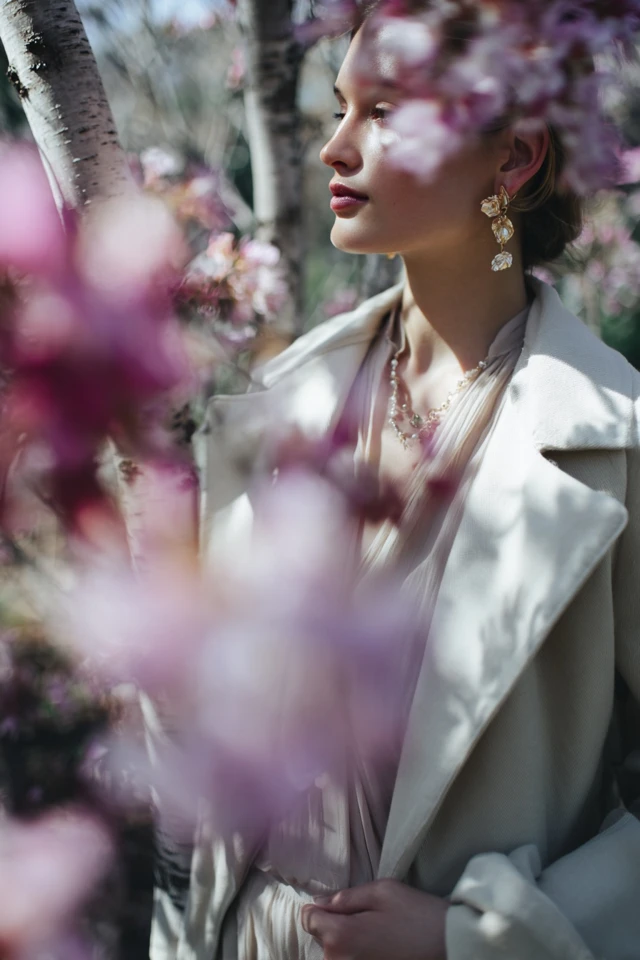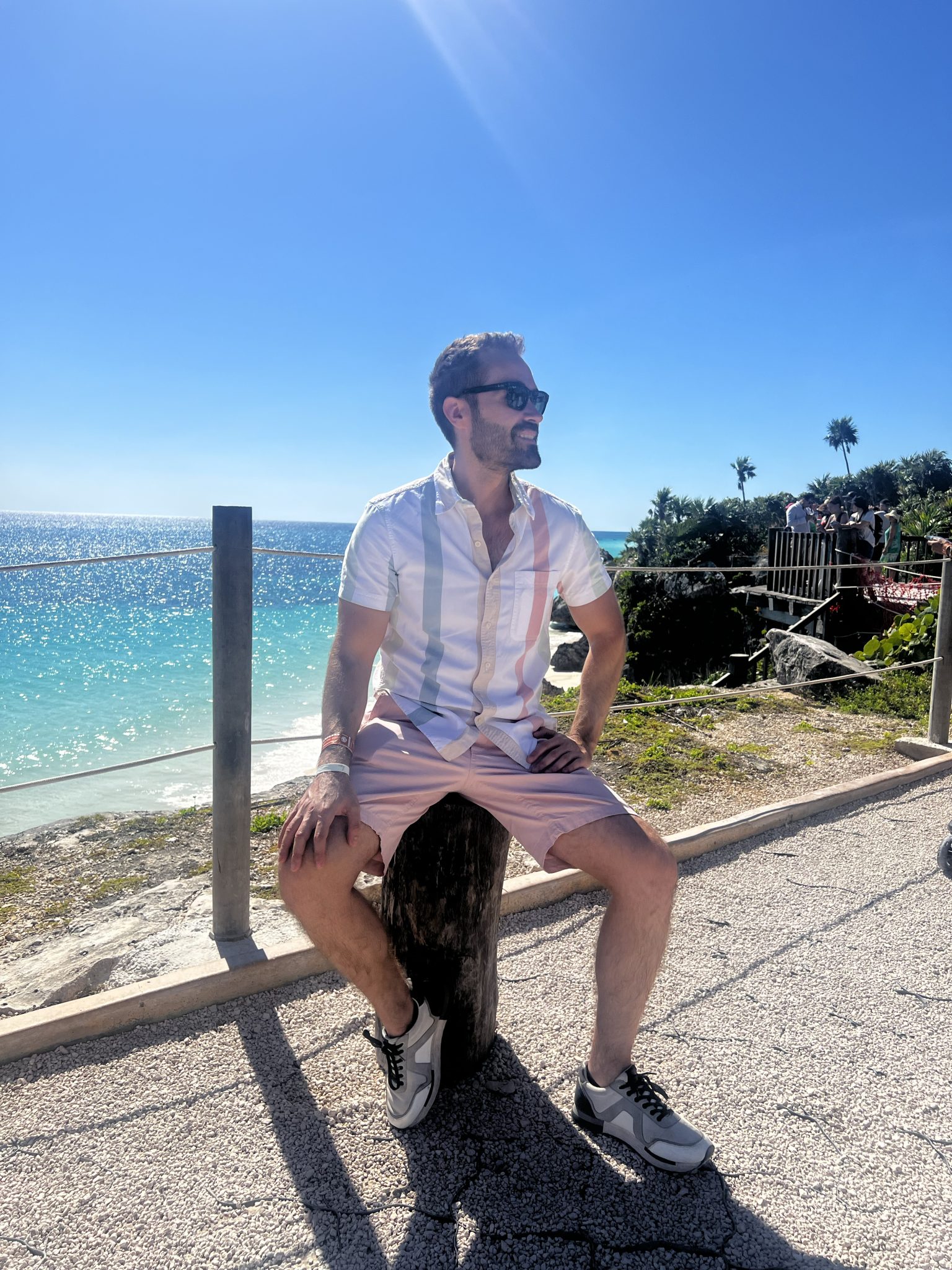Introduction
On a brisk spring morning, standing before my wardrobe flooded with monochrome basics and soft pastels, I felt the familiar excitement and challenge of translating minimalist fashion ideals into fresh, season-appropriate looks. This quiet ritual of selecting outfits is more than just dressing—it’s a purposeful act that shapes how I interact with the world and, more importantly, how I perceive myself. Spring, with its subtle renewal and promise of warmth, invites us to refresh our style with clarity and intention. Embracing minimalism during this transitional season means thoughtfully curating pieces that speak both to timeless elegance and personal authenticity.
The significance of a minimalist spring wardrobe extends beyond aesthetics. In my years of exploring fashion design and color psychology, I’ve consistently observed how deliberate clothing choices influence emotional well-being, social perception, and professional confidence. Dressing with intention is a form of self-expression that conveys clarity and composure, especially crucial during pivotal moments in life. This guide aims to empower you not just to look your best, but to harness the subtle power of style to feel more grounded, confident, and vibrant throughout the season.
About the Author and My Trend Boutique
Whether you’re embracing minimalism as a lifestyle shift or seeking ways to refresh your spring attire without overwhelming your closet, this guide will illuminate the key principles and practical strategies for building a versatile, elegant wardrobe. We will explore foundational concepts, color psychology, body type considerations, and trend integration—all grounded in research but rich with approachable advice. Together, let’s transform dressing into a meaningful and joyful experience this spring.
Foundational Concepts
To build a minimalist spring wardrobe with intention and confidence, it’s essential to grasp several foundational concepts that bridge the art and science of fashion. These include color psychology, trend forecasting, and the philosophy of dressing to impress. Each plays a vital role in shaping how we present ourselves and how others perceive us.
Color Psychology
Color psychology examines how different hues evoke emotions, influence behavior, and affect interpersonal impressions. For example, soft blues typically promote calm and trust, while vibrant reds can signal passion and energy. Scientific studies show that colors impact first impressions profoundly—whether in a professional setting or social environment. As someone who has merged fashion with cognitive studies, I find this intersection fascinating. One practical takeaway is consciously choosing colors that not only flatter your complexion but also align with the mood or message you want to convey.
Trend Forecasting
Understanding trend forecasting means more than tracking the latest runway looks; it involves recognizing patterns in cultural shifts, consumer behavior, and textile innovation. Forecasters analyze everything from street style movements to technological fabrics to predict what will shape upcoming seasons. For minimalists, this knowledge is invaluable—it allows you to selectively incorporate trends that truly resonate with your style without succumbing to fast fashion cycles.
Dressing to Impress
“Dressing to impress” transcends superficial vanity; it’s about dressing with self-awareness and intentionality. How you dress influences perceptions of professionalism, approachability, and credibility. Research in social psychology confirms that well-considered clothing enhances cognitive performance and social confidence. This concept encourages investing in pieces that reflect your values, suit your lifestyle, and make you feel empowered. Minimalism aligns beautifully here—it’s quality over quantity, purposeful silhouettes over flashy distractions.
Picture Gallery
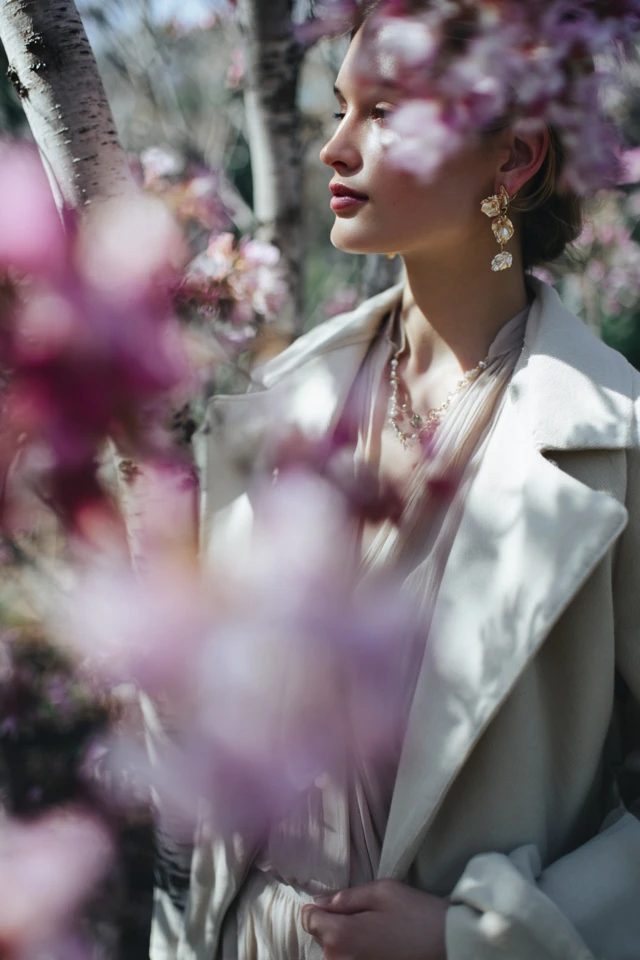
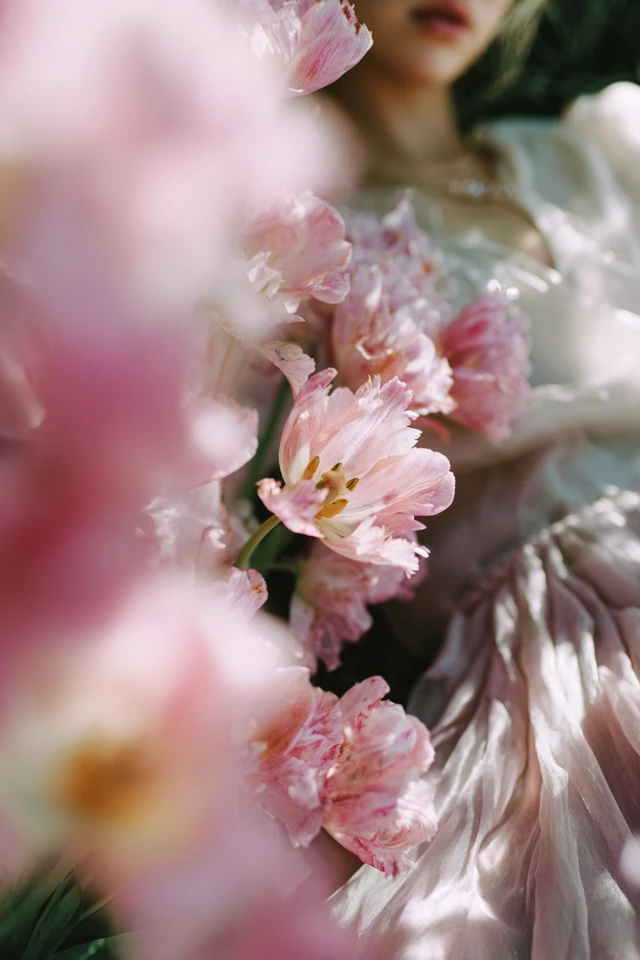
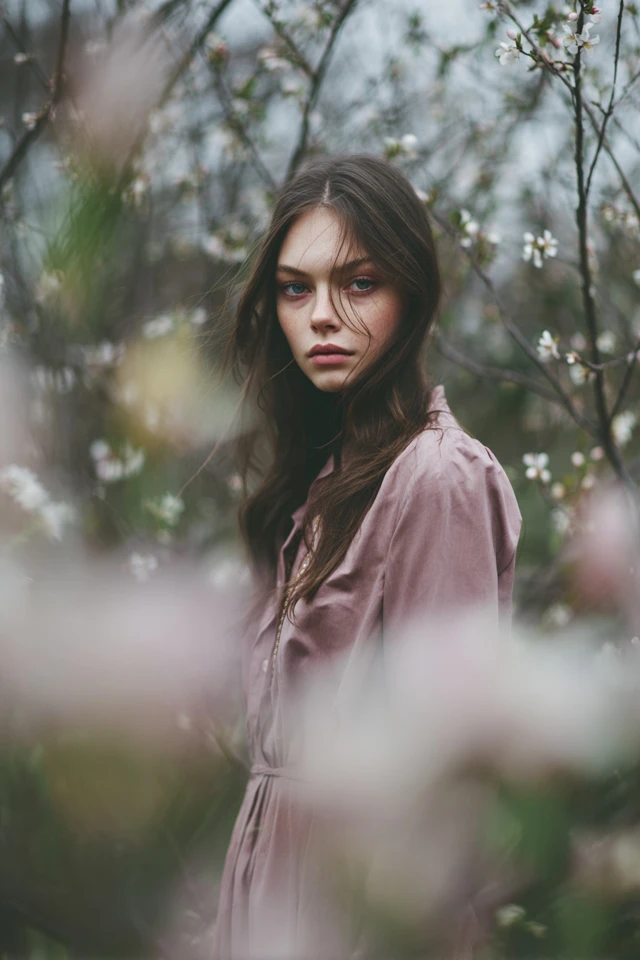
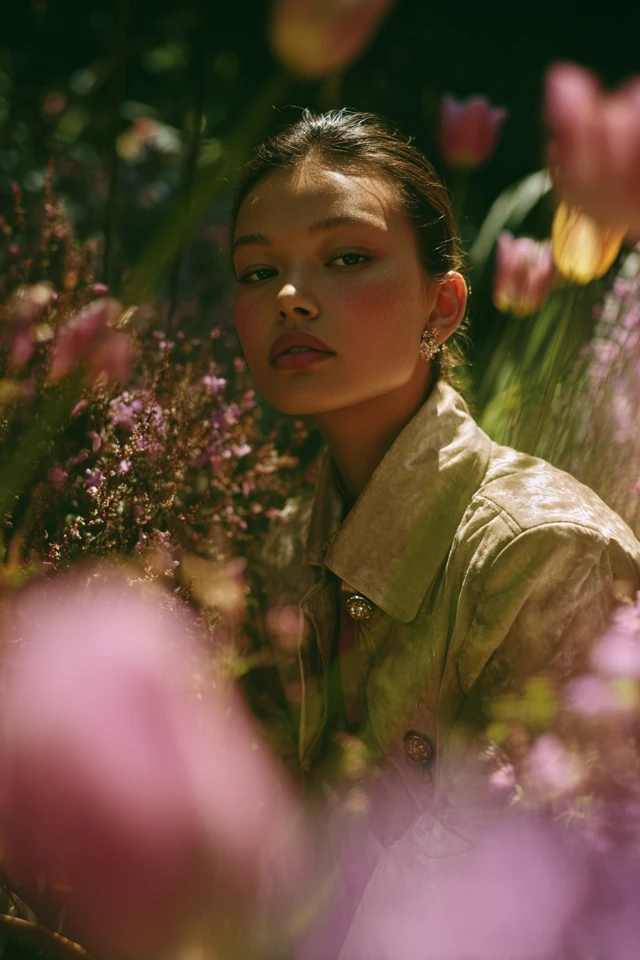
Color Psychology & Emotional Impact
Colors are among the most powerful tools in your wardrobe arsenal. They communicate silently but loudly, shaping moods and impressions long before words are spoken. From a psychological perspective, color affects neurotransmitter activity in the brain, influencing emotional states and energy levels. For example, green, reminiscent of nature, is linked to balance and rejuvenation—ideal for spring’s renewal theme.
Moreover, color impacts first impressions significantly. Studies show observers form judgments about personality traits such as competence, trustworthiness, and creativity within seconds, often influenced by color cues. Wearing colors that resonate with your intended message can subtly enhance how others perceive your confidence and professionalism. Imagine stepping into a spring meeting in a soft, warm beige blazer—this neutral shade suggests reliability and warmth, opening the door to positive social exchanges.
In building a minimalist spring wardrobe, it’s important to embrace a harmonious palette that enhances your natural features while evoking the emotional response you desire. Consider creating a capsule collection of core neutrals—think ivory, stone, charcoal—with seasonal accent colors like muted corals or gentle lavender, aligning with seasonal bloom tones. This strategic use of color ensures versatility, emotional resonance, and timeless style.
Personal Style & Body Type Considerations
Minimalism doesn’t mean uniformity. Embracing your unique body type and complexion is fundamental to curating a stylish, flattering wardrobe. Personal style should celebrate individuality while adhering to minimalist principles of simplicity and intentionality.
Silhouettes: For pear shapes, A-line skirts and structured tops can create balance. Apple shapes may find success with empire waistlines and fluid fabrics that avoid clinging to the midsection. Hourglass figures shine in tailored, cinched-waist pieces, while rectangular body types benefit from layering and defined waistlines to create curves.
Fabrics: Natural fibers like cotton, linen, and silk offer breathability and texture without bulk, ideal for spring. Choose fabrics that drape well and allow movement to enhance comfort and confidence.
Hues: Skin undertones guide optimal color selection. Warm undertones harmonize with earthy colors—warm taupes, olive greens—whereas cool undertones glow in jewel tones like sapphire or amethyst. Neutral undertones have the flexibility to explore both palettes.
Minimalist Spring Style Checklist
- Identify your body shape and note your most flattering silhouettes.
- Determine your skin undertone using simple tests (e.g., vein color, jewelry preference).
- Select a color palette of 4-6 complementary hues including neutrals and accents.
- Invest in key versatile fabrics suited to your climate and comfort.
- Prioritize pieces with clean lines and minimal embellishment.
Current Trends & Timeless Classics
Spring brings a fresh wave of trends often centered on lightness, versatility, and understated elegance—perfect for minimalists looking for subtle yet impactful updates. Trending colors this season include soft pastels like blush pink, muted lavender, and sage green, which complement the minimalist color palette when used sparingly as accent pieces.
Key trending styles include:
- Relaxed tailoring: Looser blazers, wide-legged trousers, and fluid shirtdresses combine professionalism with ease.
- Utility details: Thoughtful pockets, belts, and minimal hardware add function without compromising clean lines.
- Sustainable fabrics: Organic cotton, bamboo blends, and recycled materials emphasize mindful consumption.
Timeless classics are the foundation of a minimalist wardrobe: crisp white shirts, quality denim, trench coats, and tailored neutral blazers never go out of style. Blending these staples with seasonal trends allows for a dynamic, personalized wardrobe. For example, pairing a vintage-inspired linen trench with a trending pastel scarf creates visual interest while maintaining classic sophistication.
Practical Tips & Recommendations
To build and maintain a minimalist spring wardrobe that truly reflects your style and fits your lifestyle, consider these actionable recommendations:
- Smart Shopping: Prioritize quality over quantity. Look for natural fabrics, durable stitching, and timeless cuts. Avoid impulse buys by creating a wish list aligned with your color palette and silhouettes.
- Wardrobe Maintenance: Proper care extends the life of your garments. Use gentle detergents, follow care labels, and repair minor damages promptly to keep pieces pristine.
- Layering: Spring weather can be unpredictable. Invest in lightweight layering pieces such as cardigans, scarves, and classic trench coats to adapt seamlessly.
- Accessories: Minimalist accessories like delicate gold or silver jewelry, structured leather bags, and classic loafers or minimalist sneakers elevate your look without clutter.
- Color Combos to Try: Ivory blouse with sage green trousers; soft gray dress paired with blush pink cardigan; stone-colored trench over muted lavender top. Including a simple color-swatch visual aid (alt text: “Palette of minimalist spring colors including ivory, sage green, blush pink, muted lavender”) can help visualize the harmony of these choices.
FAQs
1. How do I find my signature color within a minimalist wardrobe?
Start by identifying hues that complement your skin tone and evoke positive emotional responses for you. Experiment within your palette by adding one color consistently across outfits until you find one that feels both flattering and expressive without overwhelming.
2. Can minimalist fashion be budget-friendly?
Absolutely. Focus on building a capsule wardrobe with fewer, higher-quality pieces that can be mixed and matched effectively. Shopping secondhand or during sales also helps maintain affordability while investing in durable staples.
3. How do capsule wardrobes relate to spring dressing?
Capsule wardrobes emphasize intentionality and versatility, which aligns perfectly with spring’s transitional nature. By curating 20-30 interchangeable pieces suited for spring temperatures and activities, you simplify decision-making and reduce clutter.
4. How often should I update my wardrobe to stay trendy yet minimalist?
Minimalism supports slow fashion. Update selectively each season by incorporating one or two trend-inspired pieces that enhance your existing wardrobe, such as a pastel blouse or a relaxed-fit blazer.
5. What are beginner-friendly steps to incorporate color psychology into my wardrobe?
Begin by choosing a core neutral palette and gradually introduce accent colors aligned with your mood goals (e.g., blues for calm, corals for energy). Observe how these colors influence your daily confidence and adjust accordingly.
Conclusion
Curating a minimalist spring wardrobe is an empowering journey that combines science, artistry, and personal expression. By understanding foundational concepts like color psychology, embracing your unique body type, and blending timeless pieces with current trends thoughtfully, you cultivate a style that supports both confidence and clarity. Remember, dressing is a dynamic dialogue between how you feel and how you wish to be perceived—approach it with curiosity and kindness towards yourself.
I encourage you to experiment with subtle color shifts, explore diverse silhouettes, and incorporate mindful shopping habits to build a wardrobe that truly resonates this season. Please share your minimalist spring style insights or questions in the comments below, and subscribe to stay inspired with future guides and expert advice on fashion, color psychology, and dressing to impress.

